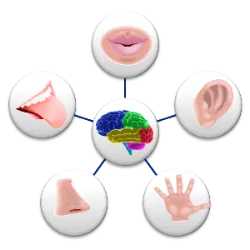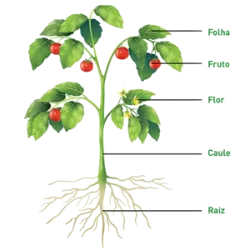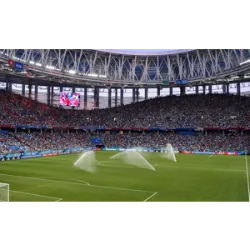Its function is to detect, process and respond to environmental stimuli

Its function is to detect, process and respond to environmental stimuli, ensuring perception and interaction with the external and internal world.
Features:
Made up of sense organs (vision, hearing, touch, smell, taste).
It connects to the nervous system to transmit information to the brain.
Responds to physical, chemical and thermal stimuli.
Bodies and examples:
Vision (Eyes): Detect light and images (e.g. retina).
Hearing (Ears): Capture sounds and help with balance (e.g. cochlea).
Touch (Skin): Feels pressure, temperature and pain (e.g.: nerve endings).
Smell (Nose): Identifies odors (e.g.: olfactory bulb).
Taste (Language): Recognizes flavors (e.g. taste buds).
The sensory system allows us to explore and understand the world, adapting to different environments.
Did you know??










